-
 Bitcoin
Bitcoin $116900
0.00% -
 Ethereum
Ethereum $4280
5.48% -
 XRP
XRP $3.265
-1.45% -
 Tether USDt
Tether USDt $1.000
-0.01% -
 BNB
BNB $807.0
1.41% -
 Solana
Solana $183.1
2.93% -
 USDC
USDC $0.9999
0.00% -
 Dogecoin
Dogecoin $0.2440
6.50% -
 TRON
TRON $0.3357
-0.88% -
 Cardano
Cardano $0.8178
2.63% -
 Hyperliquid
Hyperliquid $44.13
7.45% -
 Chainlink
Chainlink $21.39
9.09% -
 Stellar
Stellar $0.4524
-0.84% -
 Sui
Sui $3.957
2.13% -
 Bitcoin Cash
Bitcoin Cash $572.7
-2.54% -
 Hedera
Hedera $0.2671
1.54% -
 Avalanche
Avalanche $24.77
4.17% -
 Ethena USDe
Ethena USDe $1.001
0.02% -
 Litecoin
Litecoin $122.3
-1.94% -
 Toncoin
Toncoin $3.432
2.26% -
 UNUS SED LEO
UNUS SED LEO $9.007
0.49% -
 Shiba Inu
Shiba Inu $0.00001396
5.26% -
 Uniswap
Uniswap $11.09
1.64% -
 Polkadot
Polkadot $4.155
4.57% -
 Dai
Dai $1.000
0.00% -
 Pepe
Pepe $0.00001253
5.11% -
 Cronos
Cronos $0.1588
2.67% -
 Bitget Token
Bitget Token $4.512
0.05% -
 Monero
Monero $275.0
0.64% -
 Ethena
Ethena $0.7527
15.10%
How are Merkle trees used in blockchain?
Merkle trees ensure blockchain data integrity by hashing transactions into a single root, enabling efficient, secure verification without downloading the entire chain.
Aug 10, 2025 at 01:14 pm
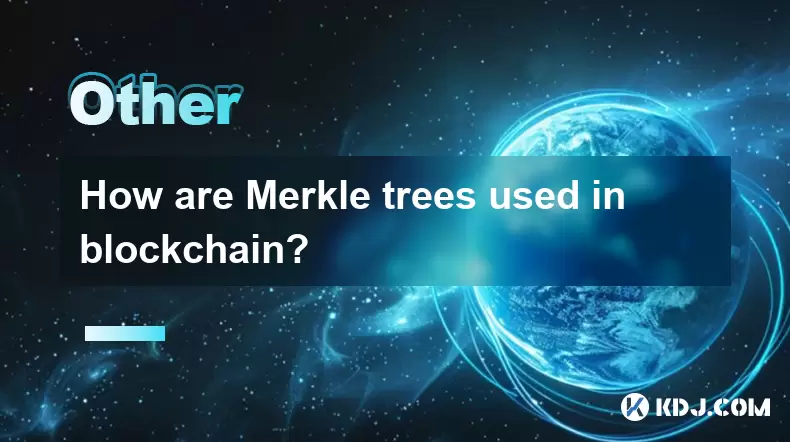
Understanding Merkle Trees in the Context of Blockchain
A Merkle tree, also known as a hash tree, is a fundamental cryptographic structure used in blockchain technology to ensure data integrity and efficiency in verifying transactions. In a Merkle tree, every leaf node is a hash of transaction data, and every non-leaf node is a hash of its child nodes. This hierarchical structure allows for rapid and secure verification of large sets of data. The root of the tree, known as the Merkle root, provides a single hash that represents all transactions in a block. Any change in a single transaction would alter the Merkle root, making tampering easily detectable.
Blockchain networks like Bitcoin and Ethereum use Merkle trees to summarize all transactions in a block. This design reduces the computational burden required to validate transactions. Instead of transmitting and verifying every transaction individually, nodes can verify the Merkle root included in the block header. The compact nature of the Merkle root enables lightweight clients, such as SPV (Simplified Payment Verification) nodes, to confirm transaction inclusion without downloading the entire blockchain.
Structure and Construction of a Merkle Tree
The construction of a Merkle tree follows a precise hashing process:
- Each transaction in a block is hashed using a cryptographic hash function, typically SHA-256 in Bitcoin.
- These individual transaction hashes form the leaf nodes of the tree.
- Pairs of leaf node hashes are concatenated and hashed together to form parent nodes.
- This pairing and hashing process continues recursively until only one hash remains — the Merkle root.
- If there is an odd number of nodes at any level, the last node is duplicated to form a pair.
For example, with four transactions (T1, T2, T3, T4):
- Hash(T1) and Hash(T2) are combined and hashed to create H12.
- Hash(T3) and Hash(T4) are combined and hashed to create H34.
- H12 and H34 are then combined and hashed to produce the Merkle root.
This structure ensures that the final root is cryptographically dependent on every transaction in the block. Even a minor alteration in a transaction would propagate up the tree and change the Merkle root, making it immediately evident.
Role of Merkle Trees in Block Validation
During block validation, nodes verify the integrity of transactions using the Merkle root stored in the block header. The block header is small (80 bytes in Bitcoin), making it efficient to transmit and store. When a node receives a new block, it recalculates the Merkle root from the included transactions and compares it to the Merkle root in the header. If they match, the transactions are confirmed as unaltered.
This mechanism is critical for decentralized consensus. Full nodes can validate blocks independently, while lightweight nodes use Merkle proofs to check if a specific transaction is included in a block. A Merkle proof consists of a subset of hashes (a Merkle path) that allows a node to recompute the Merkle root using only the transaction in question and the provided hashes. This enables trustless verification without requiring access to the full block data.
Efficiency of Merkle Proofs in SPV Wallets
SPV wallets rely heavily on Merkle trees to function efficiently. These wallets do not download the entire blockchain but instead connect to full nodes to request Merkle proofs for specific transactions. The process involves:
- The SPV client requesting a transaction's inclusion proof from a full node.
- The full node generating the Merkle path — a list of sibling hashes needed to recompute the Merkle root.
- The SPV client combining the transaction hash with the provided hashes in the correct order.
- Recomputing the root and comparing it to the one in the block header.
This method drastically reduces bandwidth and storage requirements. For a block with 1,000 transactions, only about 10 hashes (log₂(1000)) are needed in the Merkle path, making verification both fast and lightweight. The security of this process depends on the immutability of hash functions and the honesty of the block header's Merkle root.
Implementation Differences Across Blockchains
While the core concept remains consistent, different blockchains implement Merkle trees with variations. Bitcoin uses a binary Merkle tree with SHA-256 hashing. Transactions are hashed in pairs, and the tree is constructed from the bottom up. Ethereum, however, employs a more complex structure called a Merkle Patricia Tree, which supports not only transactions but also account states and storage. This allows Ethereum to verify account balances and smart contract data efficiently.
Some newer blockchains use Merkle Mountain Ranges (MMRs) for dynamic datasets, particularly in light client protocols and timestamping systems. MMRs allow efficient insertion of new data without rebuilding the entire tree, making them suitable for sidechains and stateless clients. Despite structural differences, the underlying goal remains the same: secure, efficient, and verifiable data representation.
Merkle Trees and Data Pruning
Merkle trees enable blockchain pruning, a technique where nodes remove old transaction data to save space while retaining the ability to validate new blocks. Since the Merkle root encapsulates all transactions, a pruned node can discard individual transaction details after confirming their inclusion. When needed, historical data can be retrieved from other nodes using Merkle proofs. This balance between storage efficiency and verifiability is crucial for scalability.
Nodes that support pruning maintain only the block headers and UTXO (Unspent Transaction Output) set. They rely on the Merkle root to ensure that the UTXO set aligns with the blockchain’s history. This design allows the network to grow without forcing every participant to store terabytes of data, promoting wider node distribution and decentralization.
Frequently Asked Questions
Can a Merkle tree detect which transaction was altered?
While a Merkle tree confirms that a change occurred by producing a different root, it does not directly identify the altered transaction. To locate the specific transaction, a node must compare individual transaction hashes or use binary search across the tree by rehashing branches.
Is the Merkle root stored in every block?
Yes, the Merkle root is included in the block header of every block. It is one of the key fields that ensure the block’s integrity and is used during consensus and validation processes.
What happens if there is only one transaction in a block?
If a block contains only one transaction, that transaction’s hash becomes the leaf node. Since there are no pairs, the hash is duplicated to form a pair, and the resulting hash of the pair becomes the Merkle root. This ensures the tree structure remains consistent.
Do all nodes compute the Merkle root independently?
Yes, full nodes independently compute the Merkle root from the transactions in a block and compare it to the one in the block header. This independent verification is essential for maintaining trust and security in the decentralized network.
Disclaimer:info@kdj.com
The information provided is not trading advice. kdj.com does not assume any responsibility for any investments made based on the information provided in this article. Cryptocurrencies are highly volatile and it is highly recommended that you invest with caution after thorough research!
If you believe that the content used on this website infringes your copyright, please contact us immediately (info@kdj.com) and we will delete it promptly.
- Crypto Gains, Strategy, and Millions: Decoding the Hottest Trends
- 2025-08-10 14:30:12
- Coinbase Dives into DEX Trading: A New Era for US Crypto Users (Except You, New York!)
- 2025-08-10 14:30:12
- Kaspa (KAS) Price Prediction: August 10th's Breakout Watch
- 2025-08-10 14:50:12
- Humanity Protocol Mainnet Launch: A New Era of Crypto Integration?
- 2025-08-10 14:50:12
- TRX, SUI, and MAGACOIN: Altcoins Primed for a 2025 Takeover?
- 2025-08-10 14:55:11
- Cold Wallet's Presale: A High ROI Haven in the Crypto Storm
- 2025-08-10 12:50:11
Related knowledge
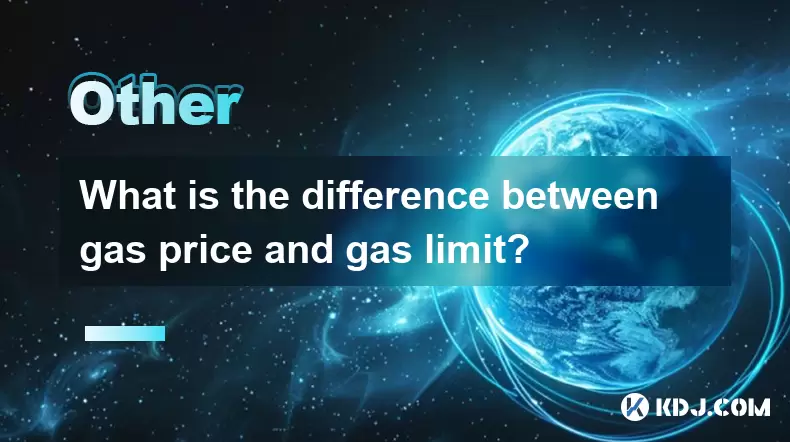
What is the difference between gas price and gas limit?
Aug 09,2025 at 08:42pm
Understanding Gas in Ethereum and EVM-Based NetworksIn blockchain networks that support smart contracts—particularly Ethereum and other EVM (Ethereum ...
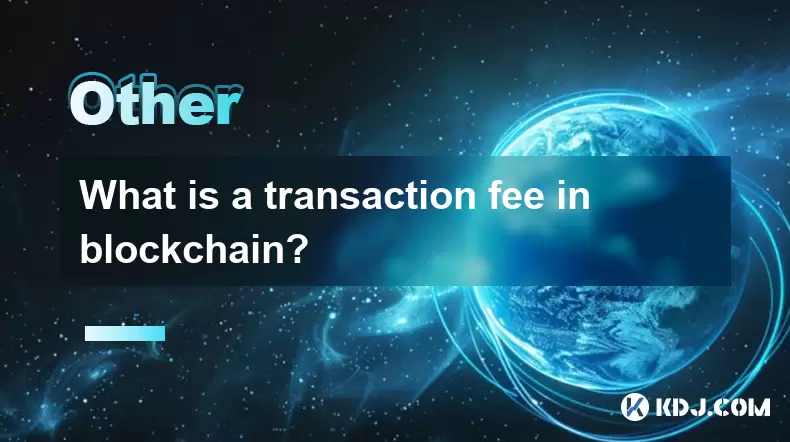
What is a transaction fee in blockchain?
Aug 08,2025 at 09:21pm
Understanding the Basics of Blockchain Transaction FeesA transaction fee in blockchain is a small amount of cryptocurrency paid by a user to process a...

Is cryptocurrency mining profitable?
Aug 09,2025 at 01:28am
Understanding Cryptocurrency Mining BasicsCryptocurrency mining is the process by which new digital coins are introduced into circulation and transact...
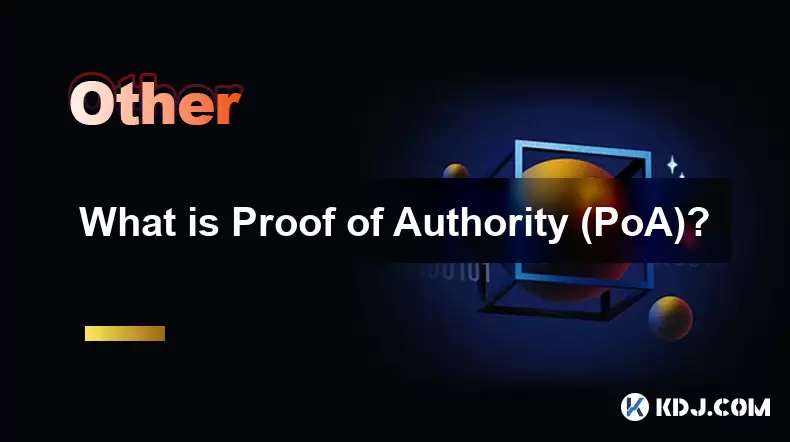
What is Proof of Authority (PoA)?
Aug 09,2025 at 05:01am
Understanding Proof of Authority (PoA)Proof of Authority (PoA) is a consensus mechanism used in blockchain networks to validate transactions and creat...
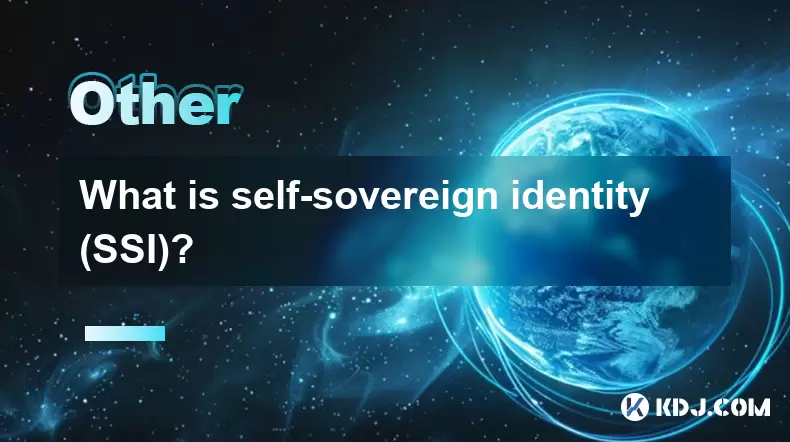
What is self-sovereign identity (SSI)?
Aug 09,2025 at 08:49pm
Understanding the Role of Private Keys in Cryptocurrency SecurityIn the world of cryptocurrency, private keys are the most critical component of digit...
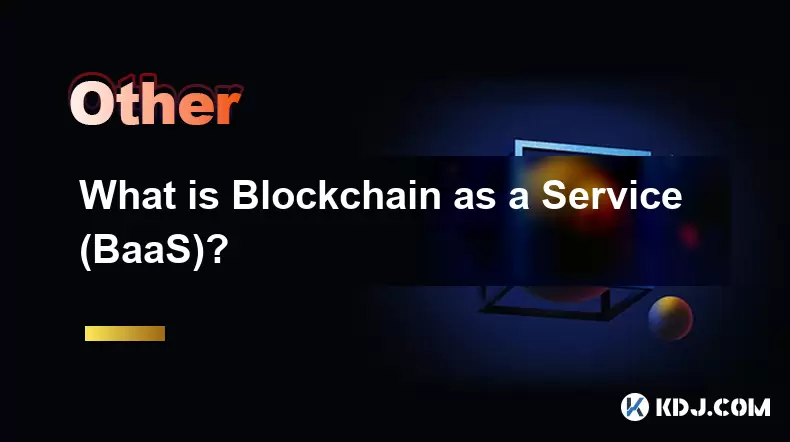
What is Blockchain as a Service (BaaS)?
Aug 10,2025 at 07:07am
Understanding Blockchain as a Service (BaaS)Blockchain as a Service (BaaS) is a cloud-based offering that allows individuals and organizations to buil...

What is the difference between gas price and gas limit?
Aug 09,2025 at 08:42pm
Understanding Gas in Ethereum and EVM-Based NetworksIn blockchain networks that support smart contracts—particularly Ethereum and other EVM (Ethereum ...

What is a transaction fee in blockchain?
Aug 08,2025 at 09:21pm
Understanding the Basics of Blockchain Transaction FeesA transaction fee in blockchain is a small amount of cryptocurrency paid by a user to process a...

Is cryptocurrency mining profitable?
Aug 09,2025 at 01:28am
Understanding Cryptocurrency Mining BasicsCryptocurrency mining is the process by which new digital coins are introduced into circulation and transact...

What is Proof of Authority (PoA)?
Aug 09,2025 at 05:01am
Understanding Proof of Authority (PoA)Proof of Authority (PoA) is a consensus mechanism used in blockchain networks to validate transactions and creat...

What is self-sovereign identity (SSI)?
Aug 09,2025 at 08:49pm
Understanding the Role of Private Keys in Cryptocurrency SecurityIn the world of cryptocurrency, private keys are the most critical component of digit...

What is Blockchain as a Service (BaaS)?
Aug 10,2025 at 07:07am
Understanding Blockchain as a Service (BaaS)Blockchain as a Service (BaaS) is a cloud-based offering that allows individuals and organizations to buil...
See all articles

























































































